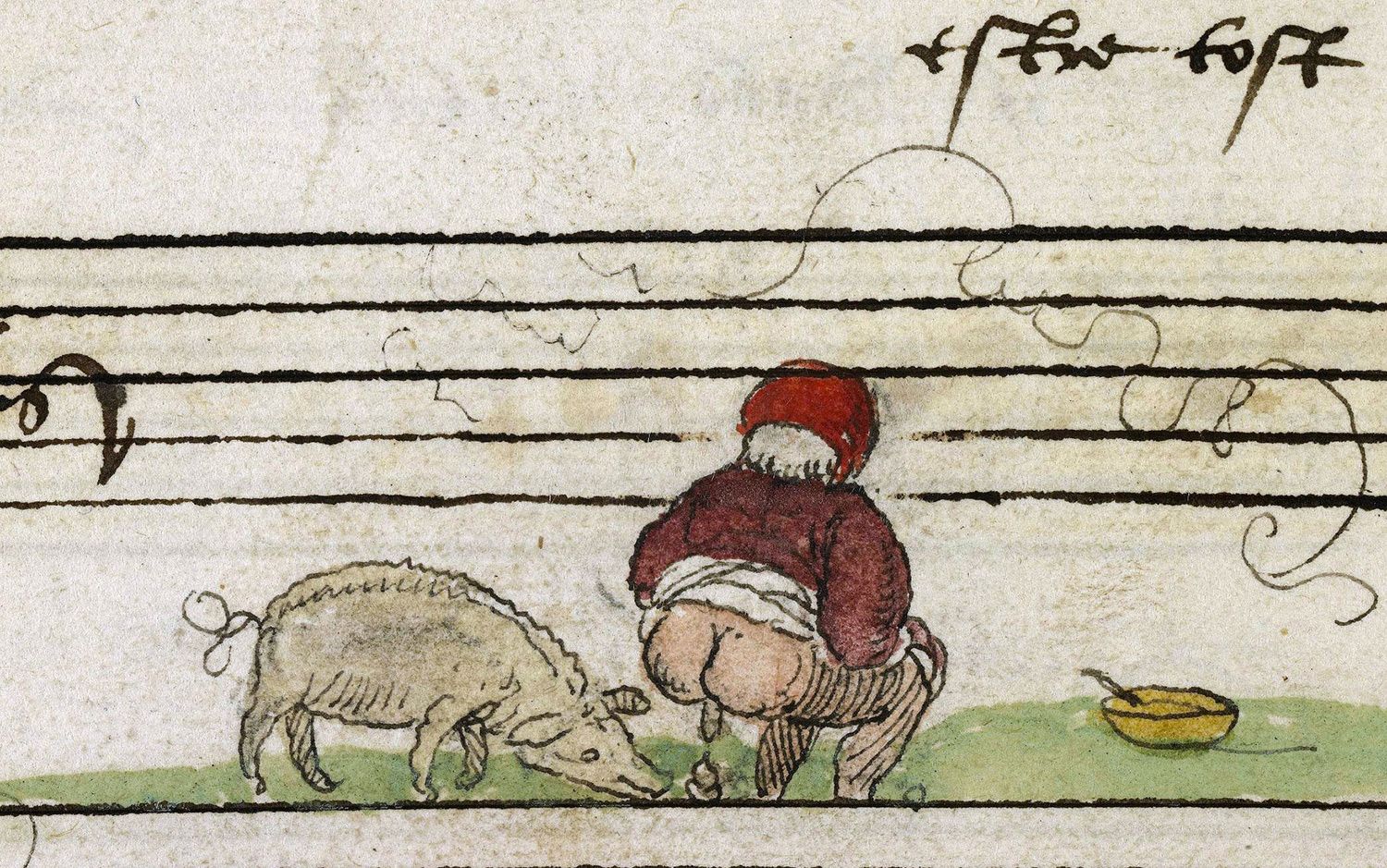by GABRIELLE HECHT

We are demigods of discards – but our copious garbage became a toxic burden only with the modern cult of ‘disposability’
We are turning the world inside-out. Massive mining operations rip into rock, unearthing lithium, coltan and hundreds of other minerals to feed our gargantuan appetite for electronic stuff. Sand dredged from riverbeds and ocean floors becomes concrete; so far, there’s enough to cover the globe in a 2mm-thick shell. Oil sucked up from the seabed powers locomotion and manufacturing, and serves as the chemical base for our plasticised lives. We could easily wrap our concrete replica in plastic wrap.
Inverting the planet is messy. Retrieving all those minerals requires boring through tonnes of what the mining industry refers to as ‘sterile material’ – a revealing term for matter it perceives as purely obstructive, without use, infertile in every way. A typical 14 karat gold chain leaves one tonne of waste rock in South Africa. Obtaining the lithium that fuels cellphones and Teslas means drilling through fragile beds of salt, magnesium and potassium high in the Chilean Andes, producing piles and pools of discarded materials. More than 12,000 oil spills have defiled the Niger Delta. All this and more, so much more, from extraction alone.
Earth-systems scientists portray these processes with hockey-stick curves. Starting in the second half of the 20th century, their disturbing asymptotic graphs show a ‘great acceleration’ in the squandering of planetary materials. Some exponential increases can be measured directly, such as those for carbon dioxide or methane; others require extrapolation, like what’s left behind by dam building or motorised transport. Either way, the result is clear. Materials and molecules discarded in the course of planetary inversion do not disappear – instead, they move around, rising into the atmosphere, spreading out across once-fertile soils, seeping into waterways. We are worlding our waste.
Aeon for more
